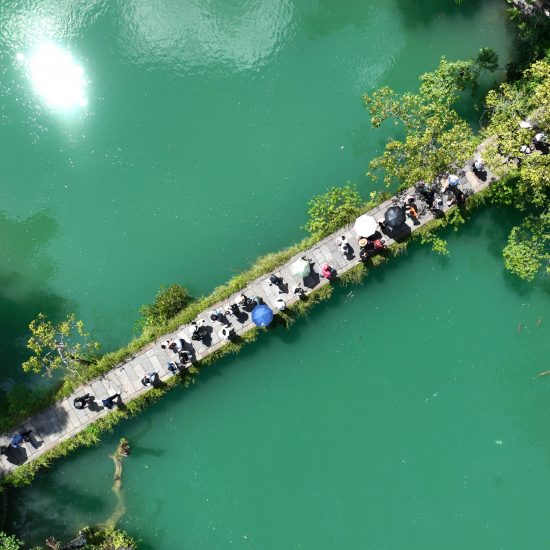“Our currency, your problem”. John Connally, Treasury Secretary in the Nixon White House uttered these words to the world’s elite when he torpedoed the Bretton Woods regime’s gold link to the US dollar in 1971. Fifty one years later, the world is still paying a terrible price for the US dollar’s role as the dominant reserve currency. The US Dollar Index (DXY) is up 20% in the past year as the Euro, sterling, yen and most EM currencies have all gone into free fall.
The US dollar benefits from the Fed’s tight money policies, growth collapse in the EU and China, safe haven flows tied to the Ukraine war, the weaponization of Russian gas exports by the Kremlin and a systemic sovereign debt crisis that could afflict 70 emerging markets in 2023. This means we face an ominous replay of the intercontinental hot money contagion that followed the 1994 Mexican peso devaluation, the 1998 Asian currency meltdown, the 2001 bankruptcy of Argentina/Turkey and 2008 failure of Lehman Brothers.
A global economy, crippled by a 40 year spike in inflation, systemic property and credit Armageddon in China, social unrest and an energy shock in Europe and a new Cold War between the West and Russia does not need King Dollar’s rampage in the FX market. While the GCC economies were resilient to the macro storms in 2021-22 as oil and gas exporters whose currencies are pegged to the US dollar, the fact remains that another 15% rise in the greenback can trigger a deflation havoc in the regional asset markets. Since the GCC currencies are pegged to the US dollar, local central banks are forced to shadow the Federal Reserve’s draconian interest rate hikes.
The burden of macro adjustment then falls on the local stock and property markets since the GCC currencies cannot devalue. In essence, King Dollar on a rampage means an exponential rise in the risk of a stock market/property crash in the GCC. It is no coincidence that the 50% plunge in Dubai property prices between June 2014 and late 2020 coincided with a 35% rise in the US Dollar Index. The same monetary equation held in the 1981 – 1985 Reagan Superdollar, 1998-2000 Clinton era King Dollar and the 2008-09 panic flows into Mommy Dollar despite the subprime debacle on Wall Street.
Historically, UAE banks exposed to local real estate crashes caused by tight money and King Dollar were forced into shotgun mergers to avoid failure. This was the fate of Middle East Bank, UBME, Khaleej Commercial Bank, Ajman Arab Bank, FCB and the original Dubai Bank in Deira. It is also significant that the DFM’s heavy weightage in property developers, banks, utilities and insurance companies makes it one of the most interest rate sensitive exchanges in EM.
Jay Powell is dead serious about raising interest rates until inflation is crushed to the Fed’s 2% target. This means the US Dollar Index can easily rise to 125 to 130 and 3M LIBOR to as high as 7%. GCC investors who ignore the lessons of history will see their networth gutted.
Also published on Medium.




